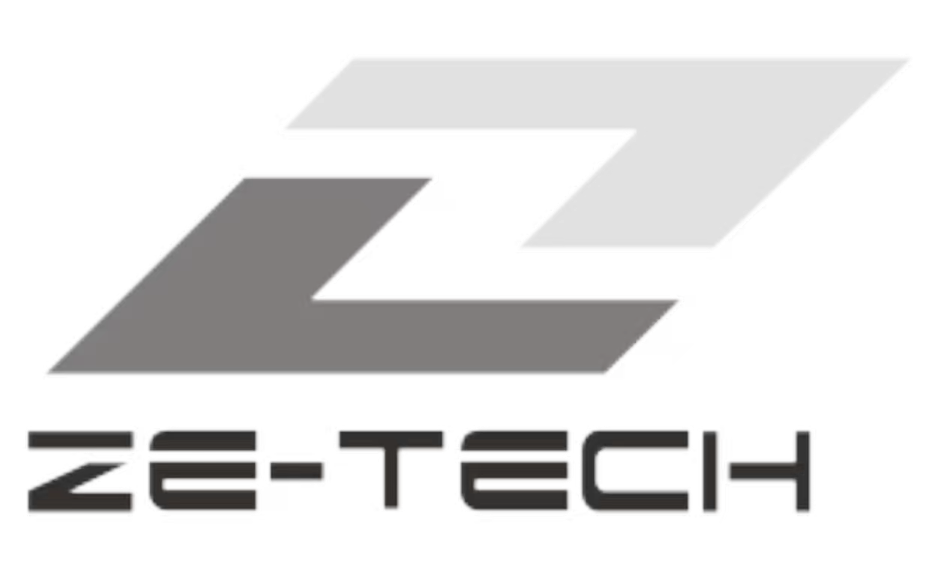Introduction
In the electronics industry, rapid prototyping plays a vital role in validating designs, testing performance, and ensuring reliability before moving into mass production. Two commonly confused but fundamentally different stages are PCB (Printed Circuit Board) prototyping and PCBA (Printed Circuit Board Assembly) prototyping.
While they are closely related, they serve distinct purposes in the product development cycle. This blog explains their differences, benefits, and provides guidance on when to choose each.
What is PCB Prototyping?
PCB prototyping refers to the fabrication of bare printed circuit boards without electronic components.
- Focus: Board layout, trace routing, layer stack-up, and manufacturability.
- Goal: Validate electrical design, ensure correct Gerber files, check physical dimensions, and test basic signal flow.
Common Use Cases:
- Early stage design validation
- Checking for design errors (shorts, opens, misalignments)
- Mechanical fit verification in enclosures

What is PCBA Prototyping?
PCBA prototyping involves manufacturing the bare PCB and assembling it with components such as ICs, resistors, capacitors, and connectors.
- Focus: Functional validation and real-world testing.
- Goal: Verify the board works under operating conditions, test firmware compatibility, and evaluate product reliability.
Common Use Cases:
- Functional validation of final design
- Electrical performance testing
- Pre-production reliability checks
Key Differences Between PCB and PCBA Prototyping
| Aspect | PCB Prototyping | PCBA Prototyping |
|---|---|---|
| Definition | Fabrication of bare circuit boards | Assembly of PCBs with all components |
| Stage in Development | Early design and layout validation | Functional testing and final design validation |
| Focus | Gerber file verification, physical structure, trace routing | Electrical performance, firmware, real-world operation |
| Complexity | Lower (only board fabrication) | Higher (board fabrication + SMT/THT assembly) |
| Cost | Relatively lower | Higher due to assembly and component sourcing |
| When to Use | When testing layout accuracy and manufacturability | When validating full product functionality and performance |

When to Choose PCB Prototyping vs. PCBA Prototyping
- ✅ Choose PCB Prototyping if:
- You are in the early design stage
- You want to verify board layout, size, and manufacturability
- Cost and speed are priorities
- ✅ Choose PCBA Prototyping if:
- You need to test the functionality of the actual circuit
- You are ready for firmware or system integration testing
- You want to simulate real-world operating conditions

Conclusion
Both PCB and PCBA prototyping are critical in the electronics product development lifecycle, but they serve different purposes. PCB prototyping ensures your design can be fabricated accurately, while PCBA prototyping validates the complete functionality of your product.
For startups and OEMs, understanding when to invest in PCB vs. PCBA prototyping can save costs, reduce risks, and accelerate time-to-market.
What We Offer at Ze-tech Mold
At Ze-tech Mold, we provide end-to-end manufacturing services, including:
- CNC Machining & Turning
- 3D printing prototype
- sheet metal fabrication
- silicone vacuum casting
- Rapid Injection molding
- surface treatments
- PCB & PCBA
Whether you’re looking for precision CNC parts or custom prototypes, we provide tailored solutions for both low-volume and large-scale production. Get in touch with us today to discuss your project and see how we can bring your ideas to life.
